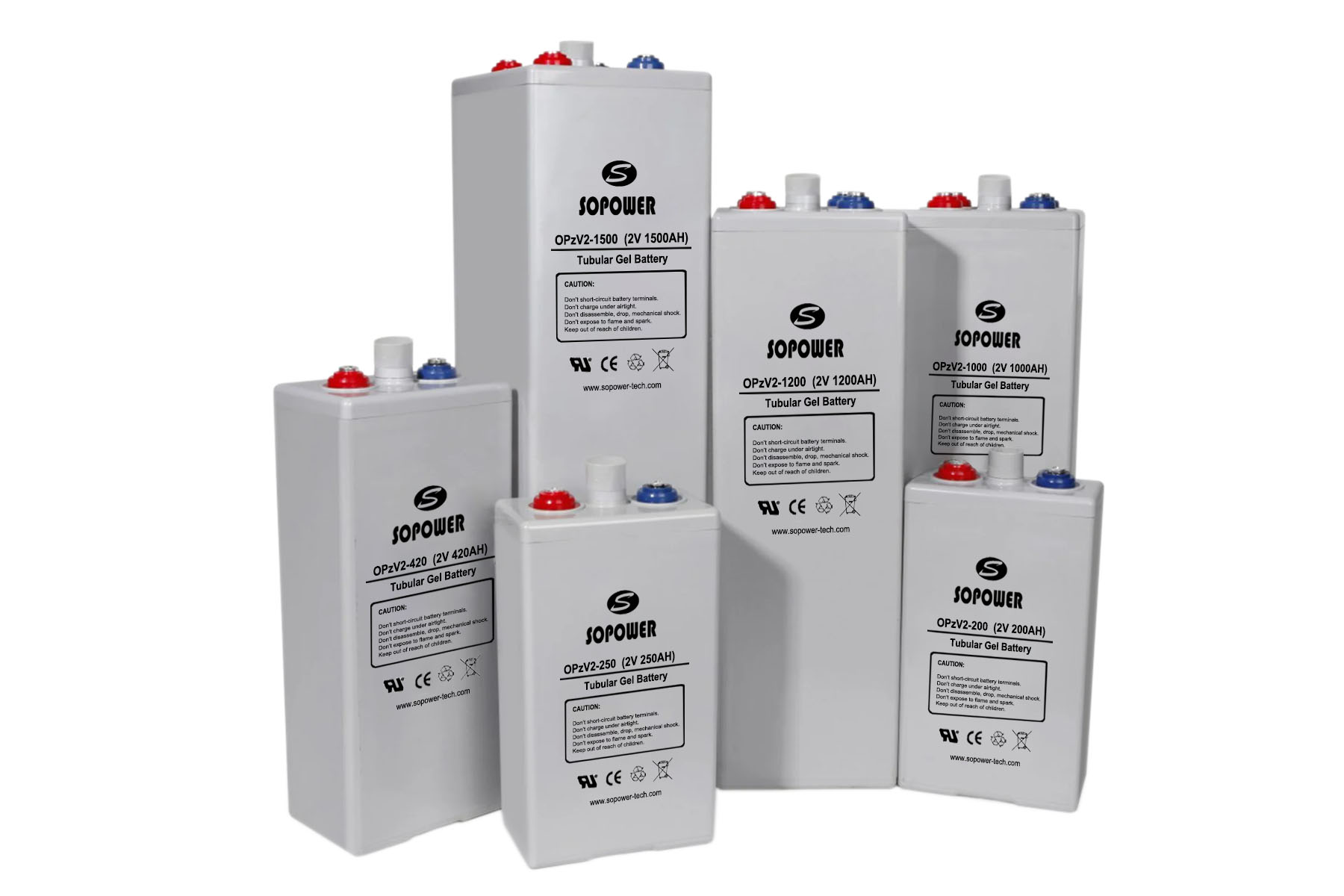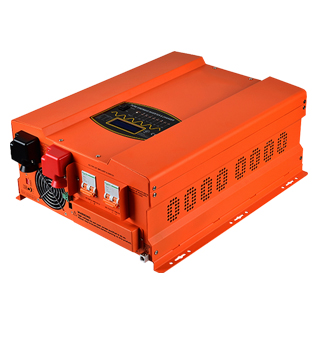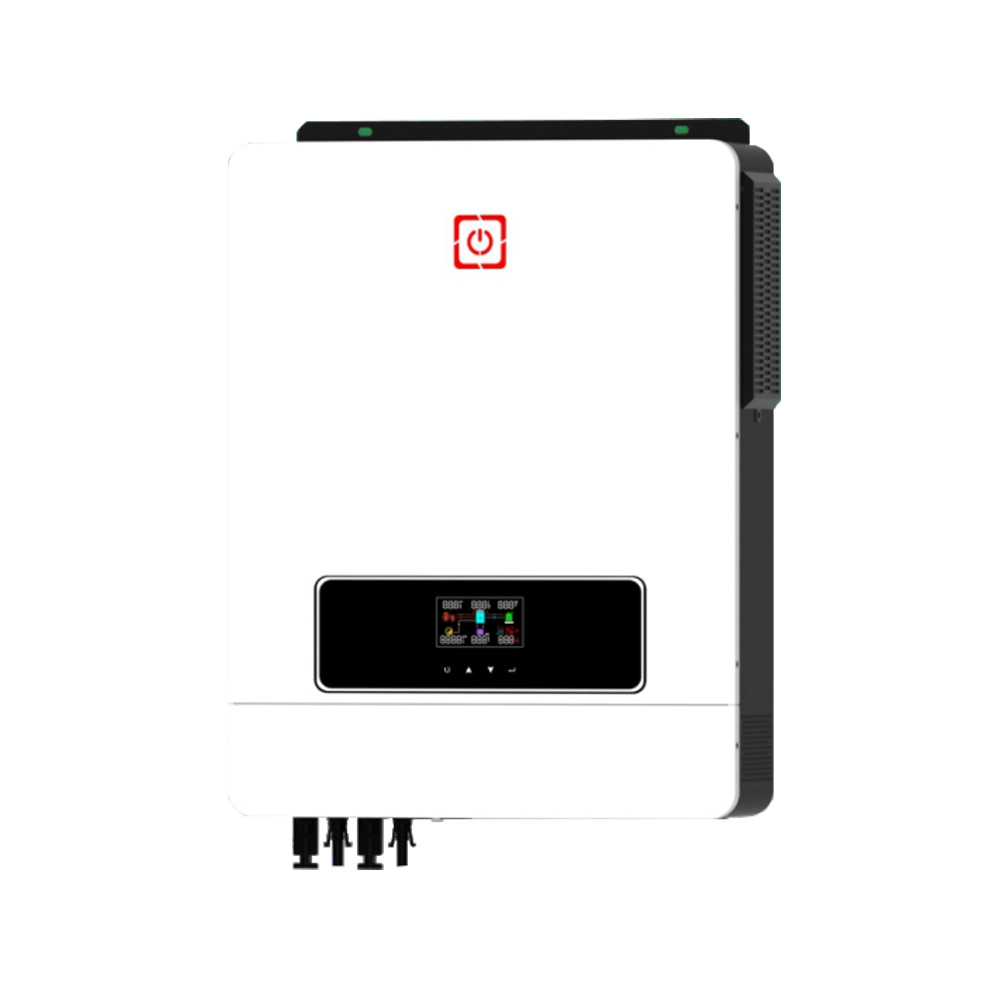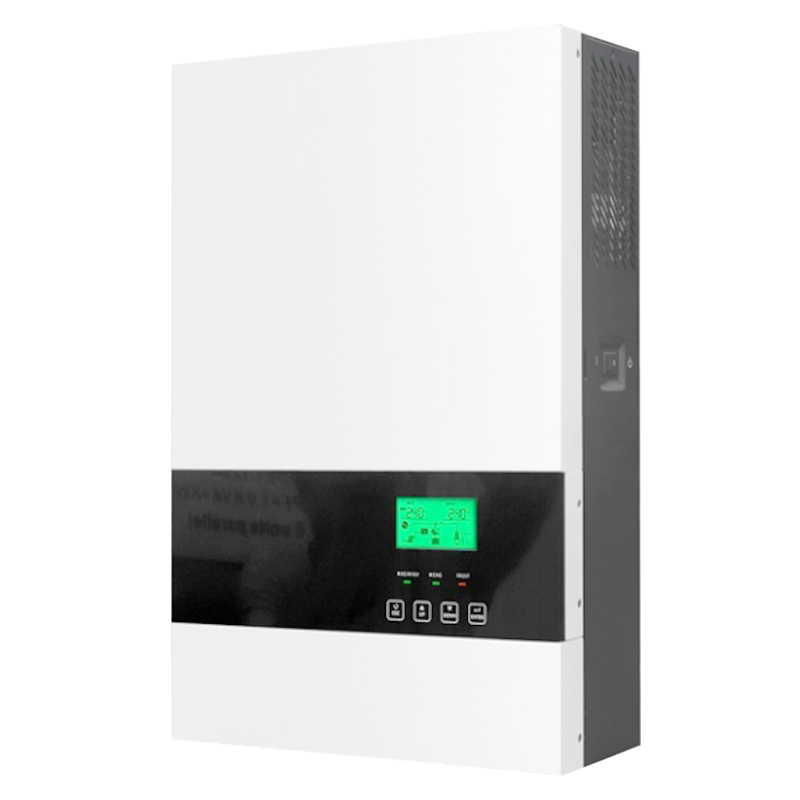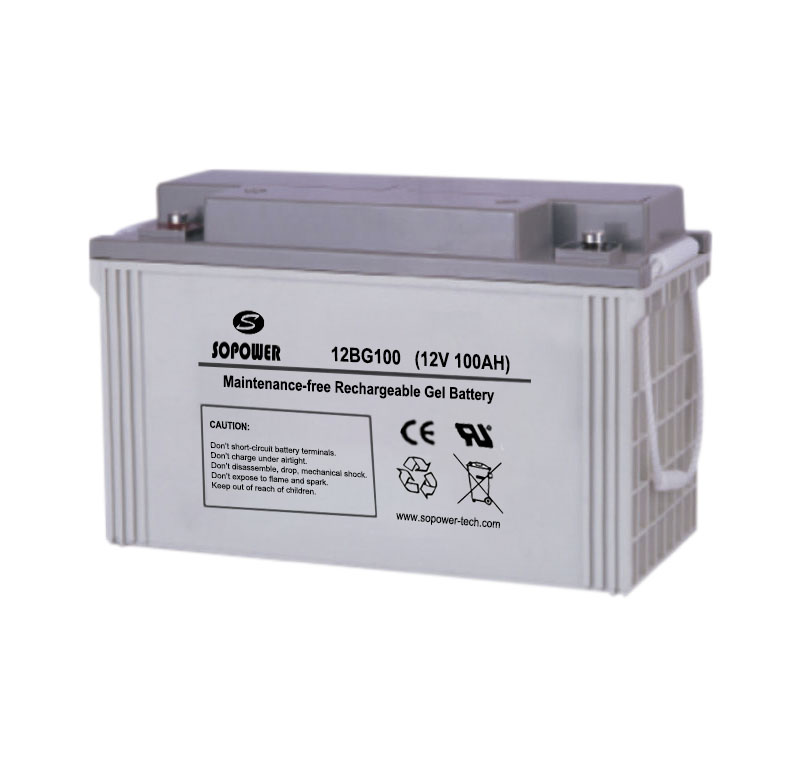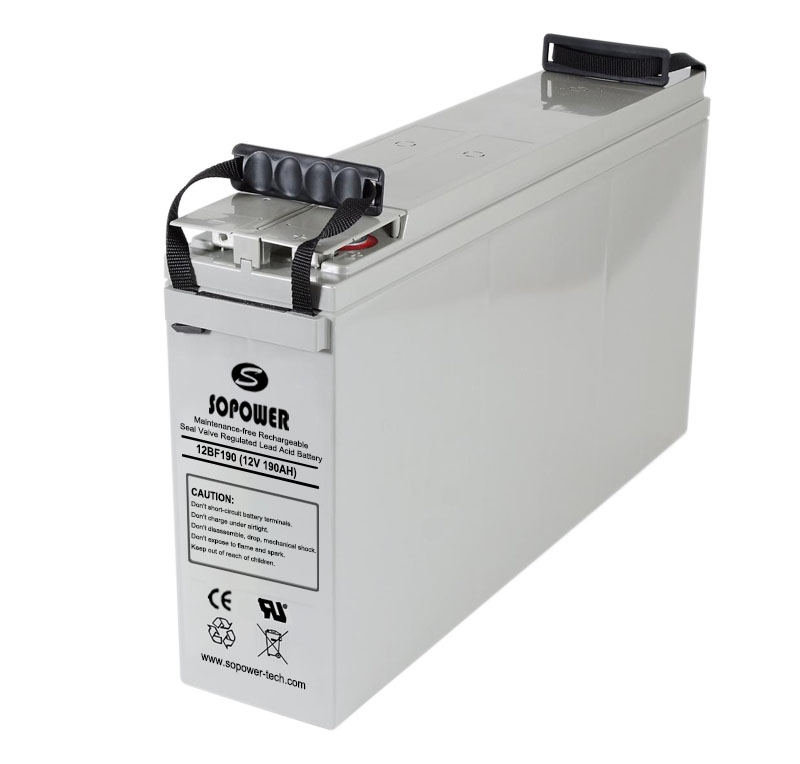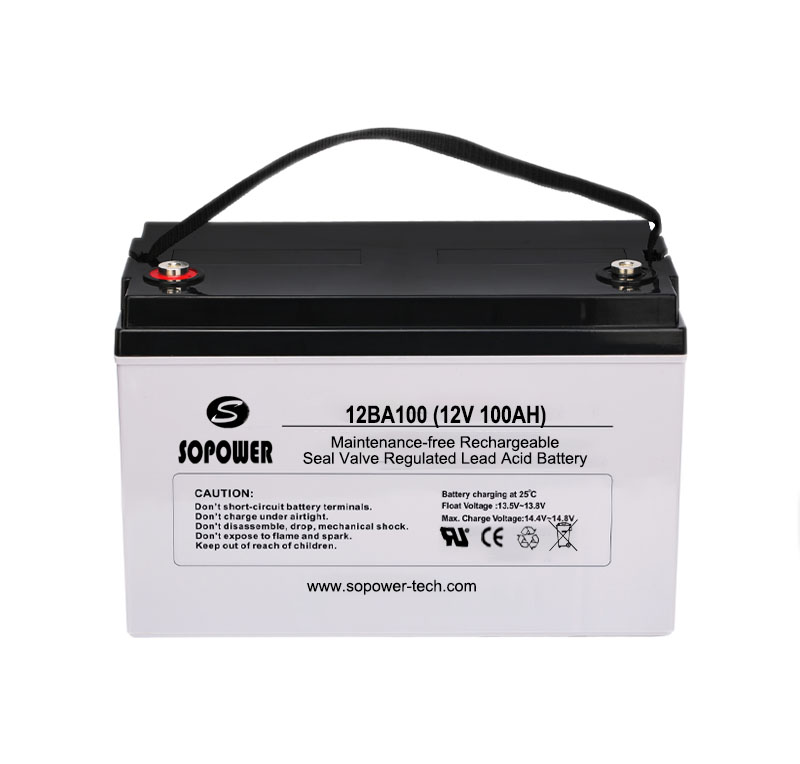Source: PV-Magazine Date: March 17, 2022
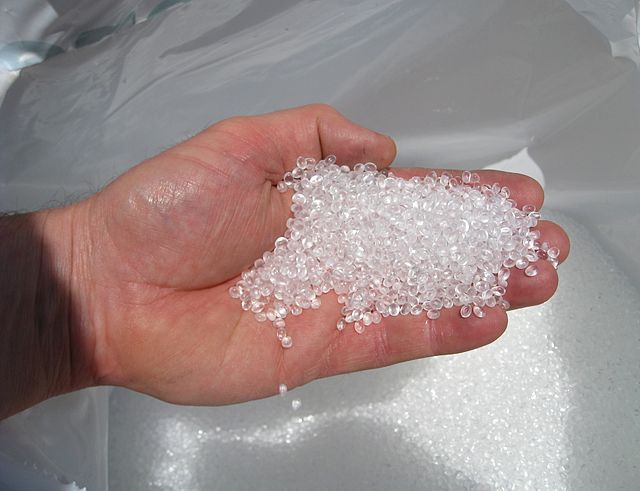
With polysilicon production capacity having been rapidly rolled out after last year’s shortages, China analyst Frank Haugwitz has suggested global manufacturing capability for the ethylene vinyl acetate used on PV panels could struggle to keep pace with what is expected to be another record year of demand for solar.
With China set for record-breaking solar demand of up to 90GW this year, according to one in-country analyst, the component pinch point caused by a shortage of PV panel raw material polysilicon last year is likely to concern ethylene vinyl acetate this time around.
Global production capacity of the “EVA” material used to seal the solar cells into panels could reach 950-1,050 kilotons this year, according to Frank Haugwitz and his Asia Europe Clean Energy (Solar) Advisory (AECEA) consultancy, but that is still likely to mean a supply constraint given the huge demand expected for solar modules next year.
That was just one of the headline predictions made by Haugwitz in his latest survey of the state of the world's biggest solar market.
The AECEA statement released yesterday said the record 54.88GW of solar generation capacity installed in China last year could mushroom to 80-90GW this year, including up to 30-35GW of household roof-mounted capacity.
Haugwitz pointed to the volume of home solar added in China more than doubling last year to 21.59GW to account for 40% of the market and added, that figure rises to more than half when the 7.68GW of commercial and industrial rooftop arrays are thrown in.
With household solar subsidies boosting that portion of the market last year, Haugwitz pointed to a target, announced by the Ministry of Housing and Urban-Rural Development last week, to install 50GW of rooftop and building-integrated PV by 2025, with a focus on new buildings.
Rooftop bid
With the eight million-population, port city of Ningbo, in Zhejiang province, aiming for 90% of new builds to have rooftop solar by 2025, the Shandong provincial government to introduce time-of-use electricity prices from May 1, and the provinces of Guangdong and Zhejiang having last month announced fixed tariffs for the sale of excess electricity to the grid, Haugwitz said the indicators are for another strong year for rooftop panels.
January and February saw orders placed for 45GW of modules and 13GW of engineering, procurement and construction contracts signed – a third of them for small scale, distributed generation systems – according to the AECEA update.
The rollover of uncompleted solar installations from December saw China add 7GW of solar capacity in January alone, the consultant said, twice the volume deployed in the same month of last year and more than the number of panels installed in the first three months of 2021.
Exports
Noting the 10.9GW of solar modules shipped from China to India last year was almost double 2020's figure, Haugwitz speculated the pending imposition of hefty customs duties on cells and modules imported by Indian developers was a major factor driving increased solar manufacturing output at the moment. India is due to charge duties of 44% on imported modules from next month, and 27.5% on cells.
Last year also saw Chinese solar exports to Brazil more than double, rising 129% to 10.4GW, according to the AECEA. That meant the South American nation was the third biggest export market for Chinese manufacturers, behind India and Europe, with the latter importing 45.3GW of modules – 54% more than in 2020 as the EU mulls a carbon border which would tax imported products to reflect their carbon footprints.
Quoting figures from the China Chamber of Commerce for Import and Export of Machinery and Electronic Products, Haugwitz said the nation exported a total of 100.55GW of solar modules last year in trade worth $25 billion, rising to $28 billion when the value of wafer and cell shipments was included.
The production boom has not dampened demand for more output capacity, though, with Chinese solar manufacturers churning out 6.5% more polysilicon in January than in December, as well as 15% more wafers (enough to supply 20GW more panel capacity); 17% more cells (20GW); and 23% more panels (19.8GW).
That came after the nation produced 29% more polysilicon last year than in 2020, with output hitting 505,000 tons in 2021, according to the China Photovoltaic Industry Association. The 227GW of wafers manufactured last year, 198GW worth of cells, and 182GW of modules marked annual rises of 41%, 47%, and 46%, respectively.
And it was again a case of the biggest fish benefiting, according to the AECEA, with the three top solar manufacturers boasting annual output growth of 50-60%, the biggest five companies cornering 67-69% of the module market, and the biggest dozen, 75-77%.
New solar
With domestic demand soaring, China reached a cumulative 306GW of solar capacity last year to attain 12.9% of the national energy mix and Haugwitz suggested the clean power source could surpass hydro (which reached a cumulative 390GW of generation capacity last year) and wind (328GW) this year.
Overseas, Chinese entities have installed a cumulative 44GW of solar capacity, mainly in Asia and Africa, as last year saw 125 PV projects commissioned, with a total generation capacity of 10.2GW across 47 nations and with an investment value of around $5.7 billion.
Back in China, state bodies the National Energy Administration (NEA) and the National Development and Reform Commission (NDRC), last month set targets for 455GW of gigawatt scale solar and wind project capacity, to be added by 2025 as part of the current five-year plan, and Inner Mongolia is aiming for 45GW of solar by the same date, which would require around 6.5GW annually, according to the AECEA.
Ambition
Thus far, 24 of China's 31 provinces and regions have set out five-year-plan renewables targets which include plans for 375-420GW of solar by 2025 – around 75-84GW per year.
Other highlights of the AECEA survey include the increasing penetration of heterojunction (HJT) solar panel technology with Haugwitz estimating China could have 10-15GW of annual HJT production capacity this year, in a market segment that could be worth RMB40 billion (US$6.29 billion) by 2025. The analyst also noted the policy instruction issued by the NDRC to iron and steelmakers last month, which hinted at the requirement for rooftop solar and the consumption of more clean electricity.
The solar boom is also likely to continue to be good news for China's energy storage businesses, with the AECEA estimating the market could be worth RMB450 billion (US$70.8 billion) in three years' time, and RMB1.8 trillion (US$283 billion) this decade. That estimate is based on the desire, announced by the NEA in the autumn, that the current 3GW of national energy storage capacity rise to 30GW by 2025. The State Grid Corp of China responded by outlining plans for 100GW of storage by 2030, in a nation where storage usually runs to around 10-20% of the generation capacity of new solar sites, with a typical 2-4-hour storage duration.
Last year saw 8GW/18GWh of storage projects installed at an average tendered cost of RMB1,476/Wh ($232).

